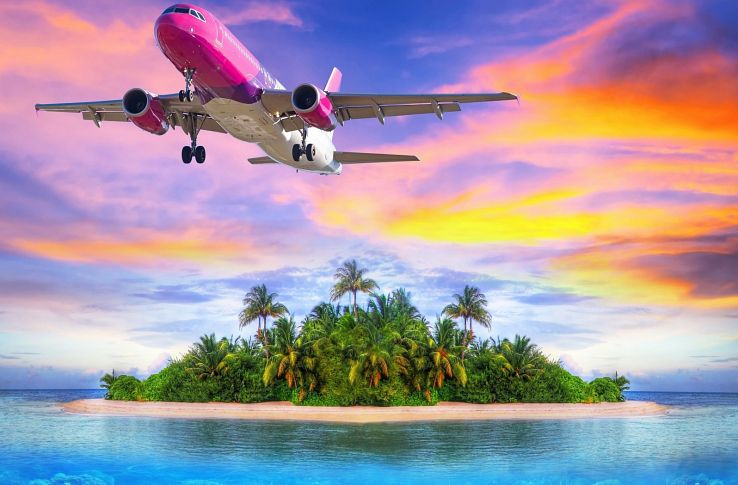Thailand is special as it is the only country in Southeast Asia never to have been colonized. For Thai people this is a special source of pride. England and France attempted to turn Siam into a colony around the end of the 19th century, but due to the wise policy of the monarchs, the kingdom was able to maintain independence. The largest city of the state is the capital city, Bangkok. Known as Krung Thep in Thai, the City of Angels has a population of 7 million people.
The Geographical Position of Thailand
Thailand, whose historical name is Siam, is located on the Indo-Chinese peninsula in Southeast Asia with an area of about 517,000 km2. The contours of the country look like the head of an elephant with its trunk pointed downward, which is one of the reasons it is called Land of the Elephant. Moreover, the white elephant is a royal symbol.
Thailand is bordered to the north and west by Myanmar (formerly Burma), to the northeast by Laos, the southeast by Cambodia, and to the south by Malaysia. Waves from the Gulf of Siam lap up onto the shore in the southeast, while waters of the Andaman Sea splash the beaches in the southwest. On all sides, you will find hundreds of beautiful clean sandy beaches, with 127 national parks and reserves across the country.
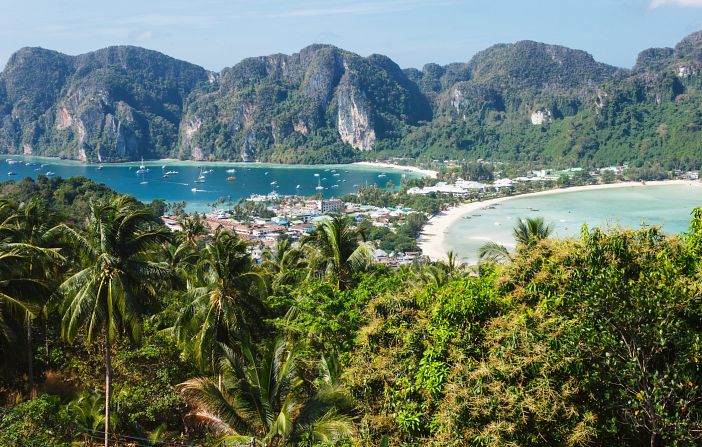
The total length of the country stretches about 1,760 km from north to south, where diverse terrain – including plains, hilly plateaus, and mountains – make up the landscape. The country also has a number of small and large islands in both the Gulf of Siam as well as the Andaman Sea, the largest of which are Phuket (543 km2), Koh Chang (417 km2), and Koh Samui (228 km2).
The Population of Thailand
Home to approximately 68 million people, the largest ethnic group in Thailand is the Thai, followed by the Chinese, most of whom are found in the cities. Ethnic minorities include Malays, Mons, and Khmers.

Ethnically, Thailand is divided into several regions, in which each group speaks using its own dialect.
The Chao Phraya River Delta is the most populous region of the country, whose residents form a small province around Bangkok. The ruling royal house belongs to this region, their dialect recognized as an official language of the state. Moreover, many of the features inherent to the central regions of the country are considered to be typical for the entire country. On the other hand, the language and culture of Thailand’s northern inhabitants are more similar to those found in Laos, due to its proximity. In addition, the Thai people living in the north have lighter skin, and as such are considered very beautiful. Thailand’s south is dominated by the Malay-Islamic culture. The Thai people here speak incredibly fast and enjoy a settled home life, unlike people of other regions.
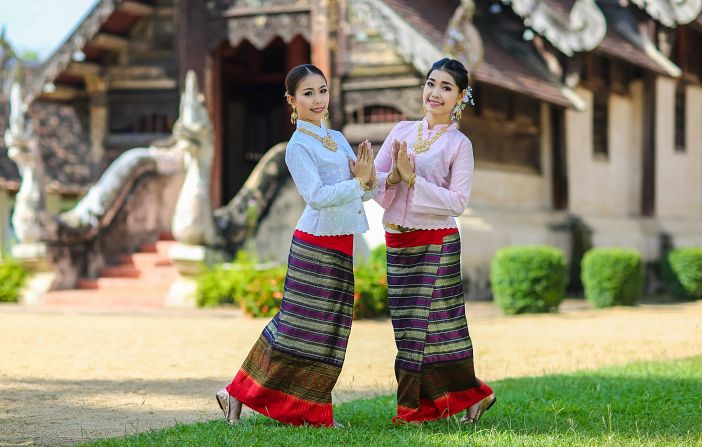
Thailand is known as a very religious nation, in which the vast majority – 94% of Thai people, practice Buddhism. Buddhist monks enjoy great respect among the people, where the giving of alms is considered a great charitable deed worthy of merit. As for the rest of the population, about 4% of inhabitants are Muslim, while the remaining 2% are Hindu, Christian, Sikh, animists or atheists. In accordance with the Constitution, the king serves as the patron and protector of all religions.
The Political System of Thailand
Since 1932, the Kingdom of Thailand has been a constitutional monarchy. The King is nominally the head of the state. However, legislative functions are performed by a two-chamber National Assembly which consists of the Senate and the House of Representatives. Executive powers are vested in a Cabinet of Ministers headed by the Prime Minister.
For administrative purposes, the country is divided into 76 provinces or changwat. Each province consists of several districts (amphoe) which, in turn, are divided into sub-districts (tambon) and villages (muban). Nagkok is headed by a governor whose job it is to appoint representatives of the other 75 provinces.
The state flag of Thailand consists of five horizontal stripes – two edging red stripes, two white stripes, and one twice-as-wide blue stripe in the center. The blue color personifies the monarchy, white is the symbol of Buddhism, and red the color of the nation.
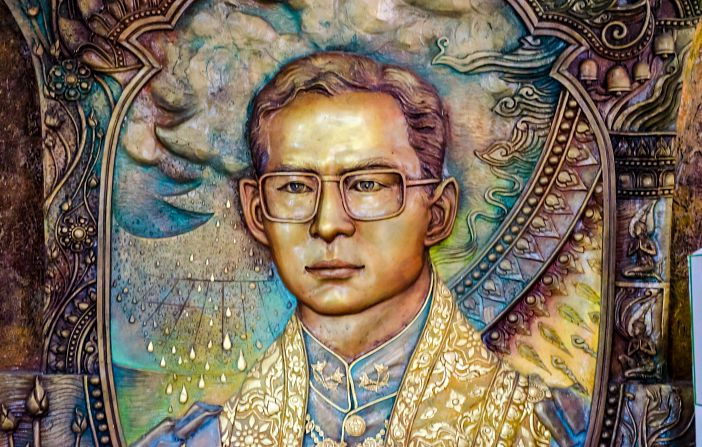
The King is the unconditional leader and Thailand’s national symbol. He is above politics and does not interfere in political affairs, other than when it is of vital importance, to prevent bloodshed for example. At present, the throne of the Kingdom is occupied by Bhumibol Adulyadej, the ninth representative of the Chakri Dynasty. The Thai people deeply revere not only His Majesty, but the entire royal family. Any criticism or condemnation of the Royal Family’s actions or pronouncements – even talking about them, is strictly prohibited. The king’s popularity can be explained by his deep interest in the lives of the people he governs and the well-being of the nation.
The Currency of Thailand
The official currency in Thailand is the Baht, known internationally as THB. The exchange rate floats between 33 to 36 baht to $1. One baht is divided into 100 satang. Banknotes are issued in denominations of 20 baht (green), 50 baht (blue), 100 baht (red), 500 baht (purple), and 1,000 baht (brown). In addition to bank notes, yellow alloy coins are also in circulation in the amounts of 25 and 50 satang; nickel-plated coins in the denominations of 1, 2, and 5 baht; and there are also bimetallic 10 baht coins. The most favorable exchange rate is in the tourist centers, while the hotels will usually give you an exchange rate lower than that offered by banks and official exchange offices.
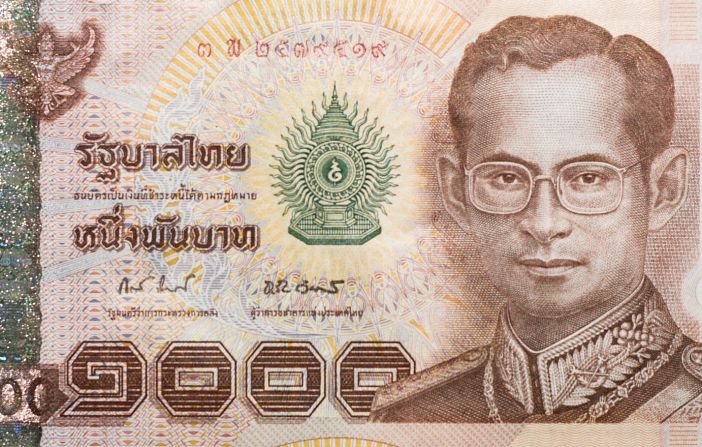
Keep in mind that it can be difficult to exchange $100 bills issued before 1996. It should also be noted that different banknote denominations have different exchange rates in Thailand, with the lower denominations fetching less favorable rates; therefore it’s always better to change larger notes. In addition, most banks, shopping malls, and hotels accept international credit cards, such as American Express, MasterCard, and Visa.
The Language of Thailand
Thai or Siamese is the official language of Thailand, but in the larger cities, English, Chinese, and Japanese are widespread. Consisting mostly of monosyllabic words, the Thai language compensates for the scarcity of sound clusters by using numerous tones and inflections. In this regard, geographic names can be rather confusing to foreigners, which explains the number of variants in the spelling and pronunciation of Thai words into English.
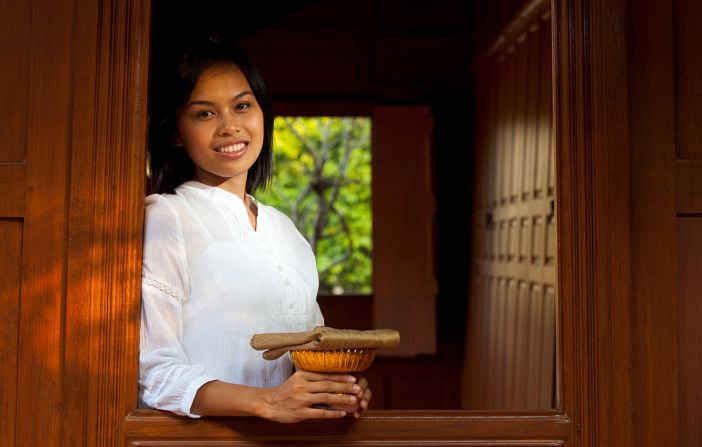
The Economy of Thailand
Thailand’s economic policy is one that encourages foreign investment in the domestic market, expands the scope and structure of export, and creates a comfortable environment for private enterprises and the development of inbound tourism.
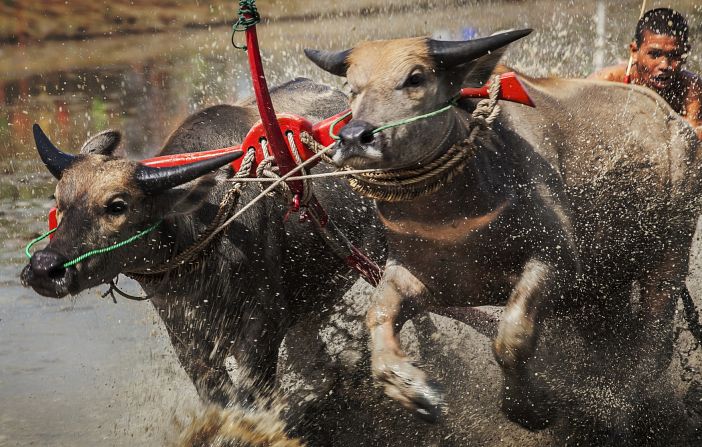
The country’s major sources of income are agriculture and fishing, with more than half of the population of Thailand engaged in the former. Agricultural products – primarily rice, tapioca, rubber, and coconuts – are the country’s major exports.
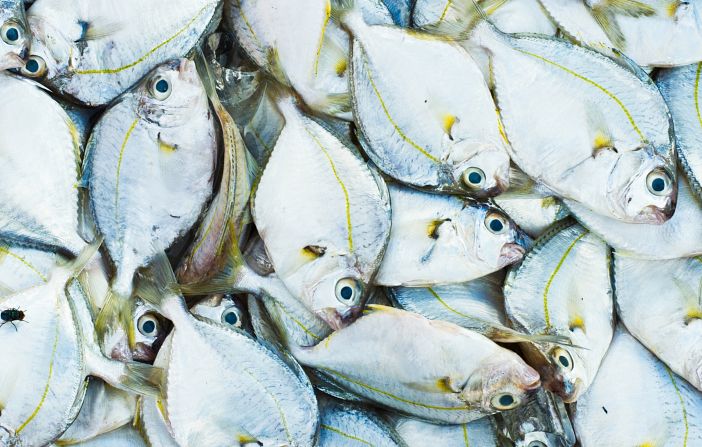
Textiles, jewelry (precious stones processing), electronics, and other modern industries also play a significant role in the economy.
Since the late 1980s, tourism has become a major source of income for the country. While most international arrivals come from Asia – specifically China, Japan, Singapore, and Taiwan, there has been a recent flow of visitors from CIS countries.


